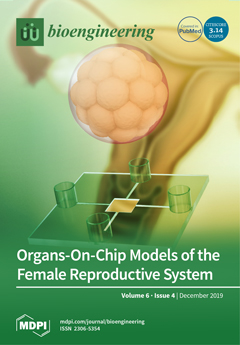Tequila agave bagasse (TAB) is the fibrous waste from the Tequila production process. It is generated in large amounts and its disposal is an environmental problem. Its use as a source of fermentable sugars for biotechnological processes is of interest; thus, it was
[...] Read more.
Tequila agave bagasse (TAB) is the fibrous waste from the Tequila production process. It is generated in large amounts and its disposal is an environmental problem. Its use as a source of fermentable sugars for biotechnological processes is of interest; thus, it was investigated for the production of polyhydroxybutyrate (PHB) by the xylose-assimilating bacteria
Burkholderia sacchari. First, it was chemically hydrolyzed, yielding 20.6 g·L
−1 of reducing sugars, with xylose and glucose as the main components (7:3 ratio). Next, the effect of hydrolysis by-products on
B. sacchari growth was evaluated. Phenolic compounds showed the highest toxicity (> 60% of growth inhibition). Then, detoxification methods (resins, activated charcoal, laccases) were tested to remove the growth inhibitory compounds from the TAB hydrolysate (TABH). The highest removal percentage (92%) was achieved using activated charcoal (50 g·L
−1, pH 2, 4 h). Finally, detoxified TABH was used as the carbon source for the production of PHB in a two-step batch culture, reaching a biomass production of 11.3 g·L
−1 and a PHB accumulation of 24 g PHB g
−1 dry cell (after 122 h of culture). The polymer structure resulted in a homopolymer of 3-hydroxybutyric acid. It is concluded that the TAB could be hydrolyzed and valorized as a carbon source for producing PHB.
Full article






